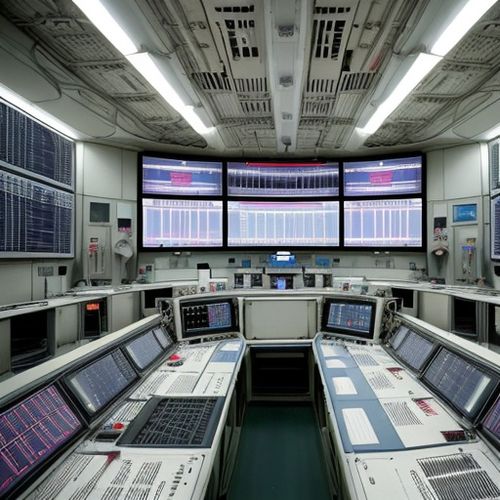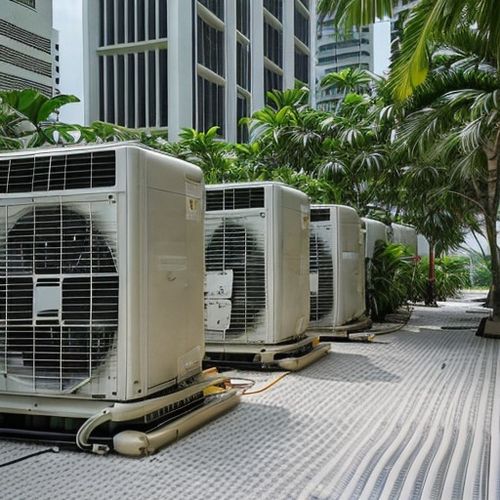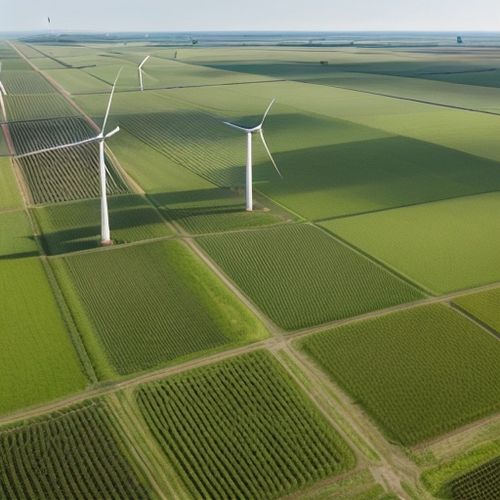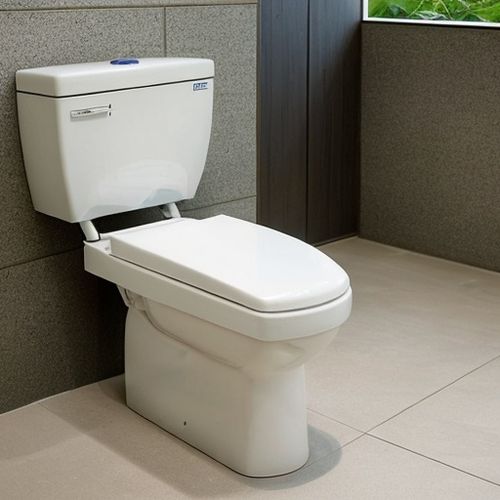In the realm of sustainable living and eco-friendly innovations, Japan has long been at the forefront of technological advancements. Among its many contributions, the Japanese approach to water conservation through high-efficiency toilets stands out as a remarkable example of blending practicality with environmental consciousness. The evolution of the Japanese toilet, particularly its water-saving features, reflects a cultural commitment to resource efficiency that other nations are increasingly looking to emulate.
The concept of the modern Japanese toilet is deeply rooted in the country’s historical relationship with water. Japan’s mountainous terrain and limited freshwater resources have necessitated a culture of conservation. Traditional Japanese homes often featured rudimentary squat toilets that used minimal water, but it wasn’t until the post-war economic boom that the country began refining toilet technology. The introduction of the "Washlet" by TOTO in 1980 marked a turning point, combining hygiene and water efficiency in ways previously unimaginable.
What sets Japanese toilets apart is their ability to deliver superior functionality while drastically reducing water usage. Conventional Western toilets typically use between 6 to 12 liters per flush, whereas advanced Japanese models can operate with as little as 3.8 liters—some even offer dual-flush systems that drop to 2 liters for liquid waste. This efficiency is achieved through precision engineering, including redesigned bowl contours that require less water to clear waste and powerful yet quiet flushing mechanisms that maximize hydrodynamic force.
Beyond mere water savings, Japanese toilets incorporate features that further enhance sustainability. Many models now include built-in sinks atop the tank, allowing users to wash their hands with the clean water that will then refill the tank for the next flush. This ingenious recycling of graywater exemplifies the Japanese principle of "mottainai," a term expressing regret over waste. Additionally, sensor-activated flushes prevent unnecessary water use, and self-cleaning functions reduce the need for chemical cleaners that could contaminate water supplies.
The environmental impact of widespread adoption of these technologies is staggering. Consider that toilets account for nearly 30% of household water consumption globally. If water-efficient Japanese-style toilets replaced conventional models worldwide, the potential savings could exceed billions of gallons annually—enough to address water scarcity in drought-prone regions. Japan’s own experience proves this point: despite being one of the world’s most densely populated nations, it maintains one of the lowest per capita water usage rates among developed countries.
Cultural attitudes play an equally important role in Japan’s toilet revolution. Unlike Western societies where bathroom functions remain taboo subjects, Japan openly discusses and innovates around toilet technology. Elementary schools teach children about water conservation through toilet design, and public restrooms frequently display signs quantifying water savings. This normalization of sustainable sanitation practices creates a feedback loop where consumer demand drives further innovation from manufacturers.
Recent advancements suggest the next generation of Japanese toilets may achieve even greater efficiencies. Experimental models using vacuum flush technology—similar to aircraft toilets—could reduce water usage to under a liter per flush. Other prototypes incorporate AI to analyze waste and determine optimal flush volumes, while some utilize advanced ceramics that prevent bacterial growth and minimize cleaning requirements. These developments position Japanese toilets as continually evolving systems rather than static appliances.
The global implications of Japan’s toilet technology are becoming increasingly apparent. Water-stressed regions from California to Cape Town have shown growing interest in adopting these systems. However, challenges remain in adapting Japanese designs to different plumbing infrastructures and cultural preferences. The higher initial cost of these toilets—often two to three times pricier than basic models—also presents a barrier to widespread adoption in developing nations where water conservation is most critical.
As climate change intensifies water scarcity worldwide, the Japanese approach to toilet design offers valuable lessons. It demonstrates how technological innovation, when coupled with cultural values and public education, can create solutions that benefit both households and ecosystems. The humble toilet, often overlooked in discussions of sustainability, emerges as a surprisingly powerful tool in humanity’s quest for environmental balance—and Japan continues to lead the way in redefining what this essential fixture can achieve.

By Laura Wilson/Apr 14, 2025

By Joshua Howard/Apr 14, 2025

By John Smith/Apr 14, 2025

By George Bailey/Apr 14, 2025

By Thomas Roberts/Apr 14, 2025

By Amanda Phillips/Apr 14, 2025

By Daniel Scott/Apr 14, 2025

By John Smith/Apr 14, 2025

By Amanda Phillips/Apr 14, 2025

By Christopher Harris/Apr 14, 2025

By Eric Ward/Apr 14, 2025

By Eric Ward/Apr 14, 2025

By David Anderson/Apr 14, 2025

By Thomas Roberts/Apr 14, 2025

By Grace Cox/Apr 14, 2025

By George Bailey/Apr 14, 2025

By Ryan Martin/Apr 14, 2025

By Thomas Roberts/Apr 14, 2025

By Samuel Cooper/Apr 14, 2025

By Rebecca Stewart/Apr 14, 2025